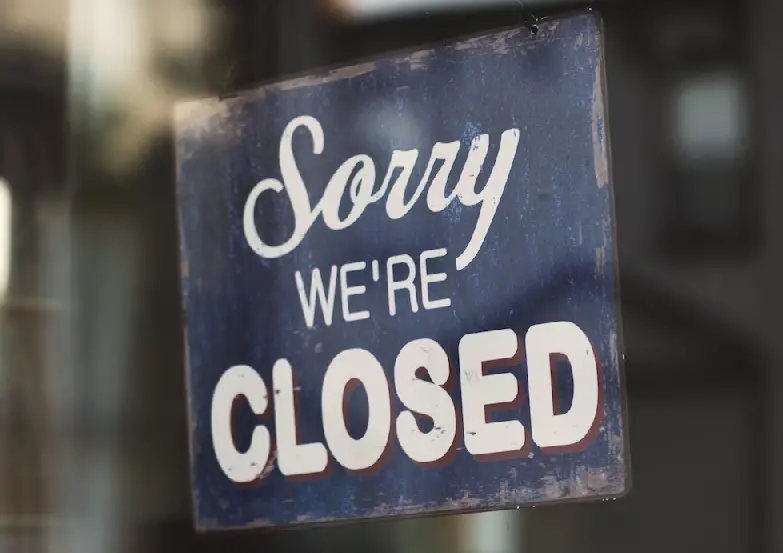A new report from the British Office of National Statistics (ONS) shows that a record number of UK businesses shut down throughout the country last year.
According to ONS data, there was an increase in so-called “business deaths” between 2021 and 2022, from 328,000 to 345,000. That increased the “death rate” or the percentage of active businesses which closed their doors permanently over the two years, from 11.2% to 11.8%. For the first time since 2010, the figure overwhelmed the “birth rate” of new businesses which were created anew in 2022.
The report noted that in 2022, there were 345,000 businesses across Britain which closed, marking a 5% increase over the 328,000 that closed down in 2021. It was the highest number since records began being kept in 2002.
In 2022, there were 337,000 new businesses which were formed across the UK, down from the 364,000 which were formed the prior year.
According to ONS data, the businesses which struggled the most were businesses in the the transport and storage sector. That sector had the highest death rate, coming in at 23.8%, which was almost twice the rates seen in any other sectors. The sector which had the second most difficult time was the information and communication sector, with a 13.6% death rate. Accommodation and food services and retail industries came in jointly at the third position, with 12.8% failure rates.
While information and communication had the highest failure rates, it also had a higher percentage of high-growth businesses than in any other sector. A business is classed as “high-growth” when it exhibits an average annualized growth which exceeds 20% year over year for a three year period. Growth of the firm can be measured by either turnover or number of employees.
George Dibb, head of the Institute for Public Policy Research’s Centre for Economic Justice told Yahoo Finance in an interview that the ONS data was a “potential warning sign for the British economy with more companies going out of business than started up for the first time in 2022 since the tail end of the financial crisis.”
Dibb said, “Whilst this isn’t unexpected – high energy costs combined with the end of pandemic support schemes would always see a rise in company closures – it might signify that greater business support would have maintained higher economic activity.”


